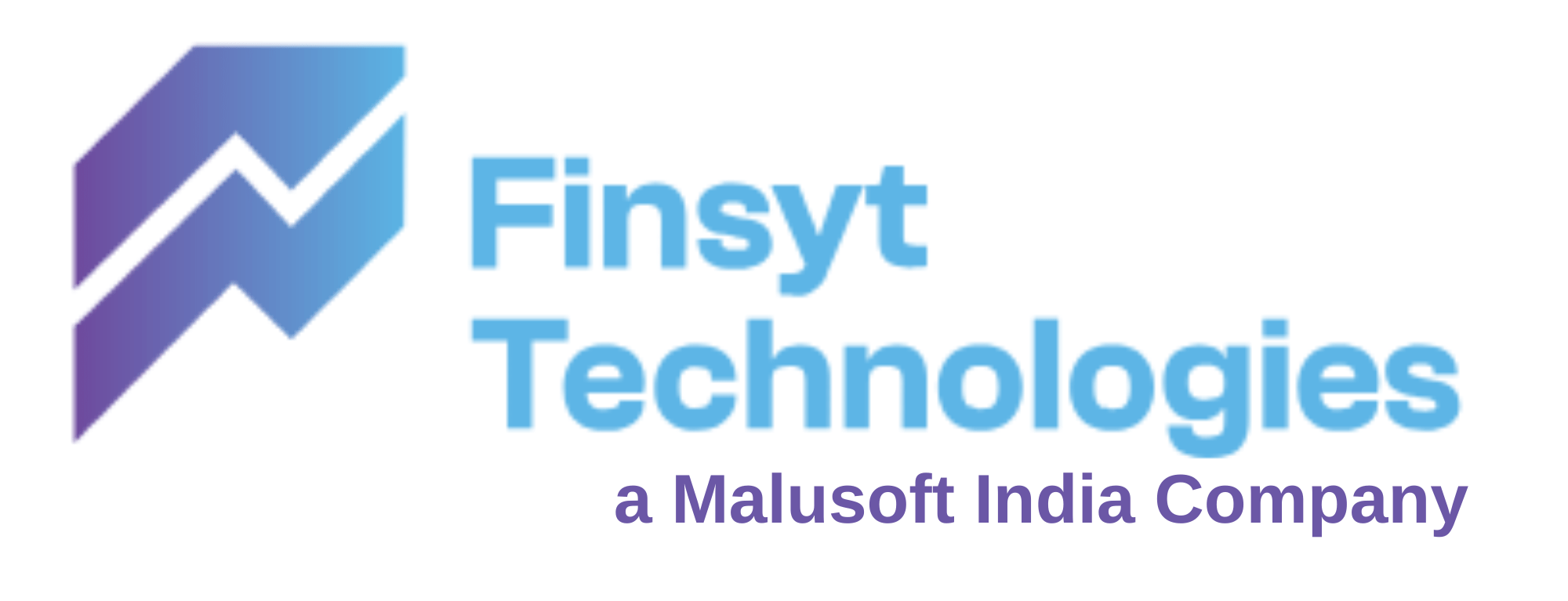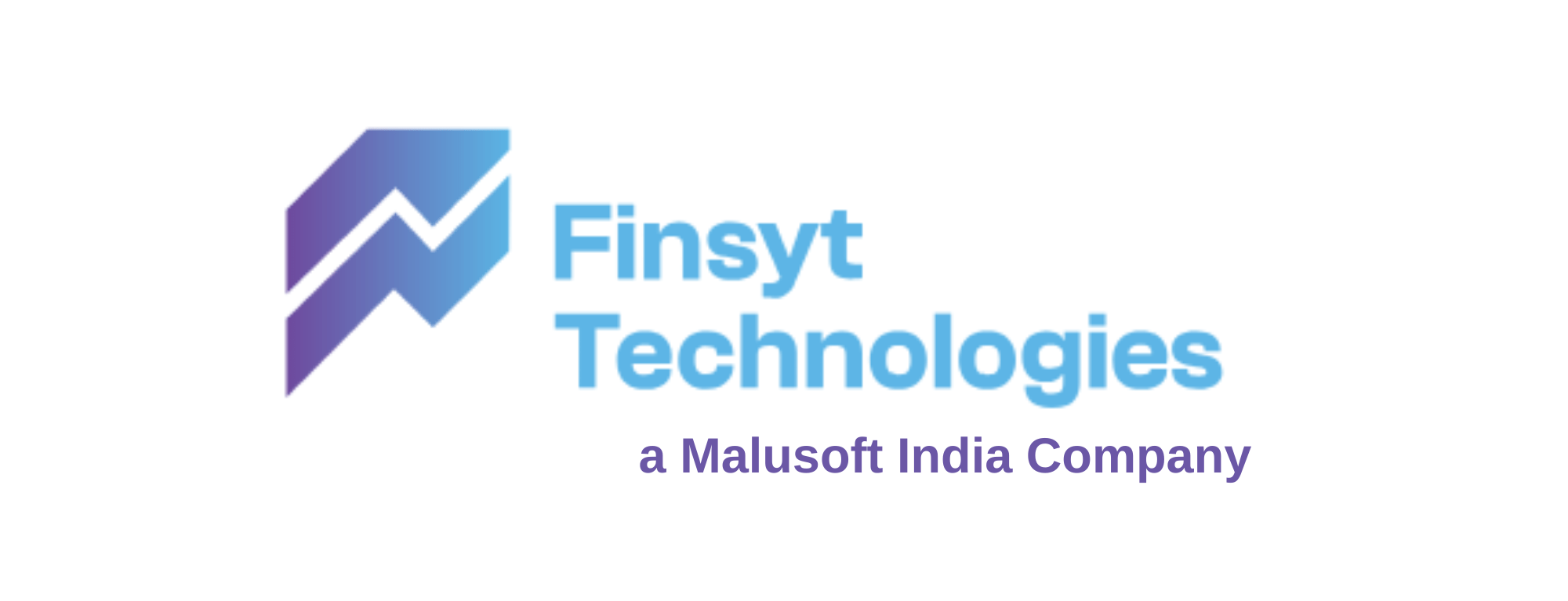Inventory Management Software
- Home
- portfolio
- Net4Accounting
- Inventory Management Software

Best Inventory Management Software
This comprehensive system helps businesses maintain Goods Receipt Note, Delivery Note, Stock movement, Customer and Supplier transactions and Accounting transactions.
Account Receivables
Manage Customer Invoice | Receipts | Credit Notes | Customer Ledger | Statement | Aging report and various other related tasks can be done using this logistics software.
Account Payables
Manage Supplier invoice | Payments | Debit notes | Supplier ledger | Statement | Aging report and various other related tasks can be done using this logistics software
General Ledger
Chart-of-Accounts, Cash and Bank transactions, Journal voucher, Bank reconciliation, Ledgers, Registers and financial statements can be generated using this logistics software.
Multiple Locations
Branches and warehouses
User Access Control
User Profile and access rights
Document Upload
Attach document to Vouchers
Currency
Multiple Currencies
User Profile
Multiple Users
Dashboard
Customisable
Best Inventory Management Software
Each module focuses on specific aspects of the business, streamlining processes and ensuring efficient operations
INVENTORY
- Manage Items
- Setup Op.Balance
- Goods Receipt (GRN)
- Delivery Note
- Stock Adjustment
- Stock Transfer
- Cycle Count
Best Inventory Management Software
Best Inventory Management Software
Inventory Module:
Manage Items: This feature allows users to efficiently manage customer information. Users can add new customers, update existing customer details, and remove inactive ones, ensuring the customer database is current and useful
Setup Opening Balance: Empower users to establish detailed opening balances for each customer. Rather than a single aggregate amount, users can specify individual opening invoices and corresponding credits, enhancing financial precision from the start.
Goods Receipt Notes: This functionality enables users to craft invoices for customers and offers flexible output options: direct printing, CSV export, or PDF save. Additionally, the invoice format can be tailored to meet specific customer needs.
Delivery Notes: This module allows users to record customer receipts in various currencies, allocate them to corresponding invoices, and make adjustments as needed—all within a single interface. Receipts can be printed or saved as PDFs for convenience.
Stock Transfer: This feature allows users to manage customer accounts by applying credit adjustments with Credit Notes and recording any debit transactions through Customer JV.
Physical Count: This feature allows users to manage customer accounts by applying credit adjustments with Credit Notes and recording any debit transactions through Customer JV.
Stock Adjustment: This feature allows users to manage customer accounts by applying credit adjustments with Credit Notes and recording any debit transactions through Customer JV.
Account Payables:
Manage Suppliers: This feature allows users to efficiently manage supplier information. Users can add new suppliers, update existing supplier details, and remove inactive ones, ensuring the supplier database is current and useful
Setup Opening Balance: Empower users to establish detailed opening balances for each supplier. Rather than a single aggregate amount, users can specify individual opening invoices and corresponding credits, enhancing financial precision from the start.
Supplier Invoicing: This functionality enables users to input invoices from suppliers and offers flexible output options: direct printing, CSV export, or PDF save.
Supplier Payments: This module allows users to record supplier payments in various currencies, allocate them to corresponding supplier invoices, and make adjustments as needed—all within a single interface. Payment vouchers can be printed or saved as PDFs for convenience.
Debit Notes & Supplier JV: This feature allows users to manage supplier accounts by applying debit adjustments with Debit Notes and recording any credit transactions through Supplier JV.
General Ledger:
Chart of Accounts: Users can establish a structured financial framework by creating account heads, groups, and types—with or without account codes. Additionally, “control accounts” can be set up for the system to post automated entries efficiently.
Setup Opening Balance: Facilitates users in setting up opening balances for each account head. Difference between debit and credit balances are automatically adjusted in the Retained Profit/Loss account, ensuring the balance sheet’s accuracy from the start.
Cash and Bank Transactions: This feature allows users to record all cash and bank transactions for nominal accounts, excluding those related to customers and suppliers. It also manages post-dated transactions, aligning them with the system date and applied cheque dates.
Journal Voucher: Users can record journal vouchers using this module, which ensures accuracy by saving entries only when debit and credit balances match.
Bank Reconciliation: Recognized as a crucial accounting function, net4accounting has streamlined bank reconciliation process to ensure ease of use. Users can choose manual reconciliation or leverage auto-reconciliation by uploading bank statements in CSV format.
Year End Processing: Net4accounting facilitates year-end closure by offsetting balances from Customer, Supplier, and Chart-of-Accounts to the Retained Profit and Loss account. This process also sets up opening balances for the ensuing year.Without this process the system will not increment the period and users will not be able to continue working in the next year.




















